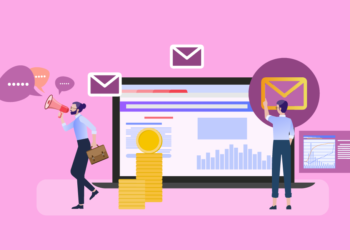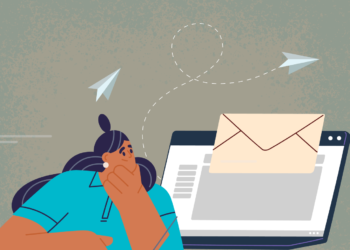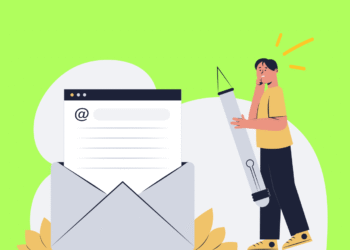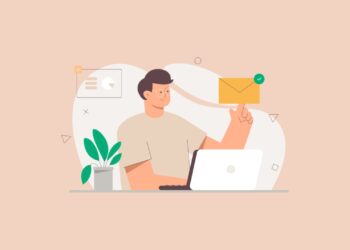I blasted the same message to everyone, the first time I set up a SaaS email campaign.
Didn’t matter if they signed up five minutes ago or hadn’t logged in for three weeks. Everyone got the same onboarding series, same upsells, same “We miss you” email. Guess what happened?
Almost nothing.
Open rates? Meh. Click-throughs? Low. Unsubscribes? Higher than I liked. I realized pretty quickly that sending the right message at the wrong time is just as bad as sending nothing at all.
That’s when I started digging into behavioral triggers and it changed everything.
What Are Behavioral Triggers Anyway?
Think of behavioral triggers as your SaaS email’s superpower. Instead of guessing what your user wants, you respond based on what they actually do (or don’t do).
Did they sign up but never log in? That’s a trigger.
Did they explore a feature but not use it? Another trigger.
Did they hit a milestone like sending their 100th invoice or inviting a teammate? You guessed it, trigger time.
Behavioral emails are timely, relevant, and personal because they’re based on action, not assumptions.
The First Trigger I Ever Set Up (And What It Taught Me)
My first attempt was basic. I noticed most users signed up but didn’t complete the onboarding checklist. So I set up a simple nudge: 24 hours after sign-up, if onboarding wasn’t complete, send a gentle email like:
“Need a hand? Most users finish setup in under 10 minutes—here’s a quick guide.”
That one email increased onboarding completions by 32%. No extra features, no redesigns. Just better timing.
How to Use Behavioral Triggers in SaaS Emails (With Real Examples)
Here’s a breakdown of what I’ve used—and what worked.
1. Sign-Up But No Login
Trigger: User signs up but doesn’t log in within 24–48 hours.
Email: Friendly reminder + short video walkthrough.
Tone: Casual and supportive, not pushy.
“Hey, just noticed you haven’t logged in yet. No pressure—when you’re ready, here’s a 2-minute tour to help you get started.”
2. Partial Onboarding
Trigger: Completed 1 of 4 setup steps.
Email: Encourage progress, show benefits of completing.
Bonus: Use a progress bar in the email. Feels like a challenge.
“You’re already 25% done—let’s knock this out! Your dashboard is waiting.”
3. Feature Ignored or Underused
Trigger: User never used Feature X after 7 days.
Email: Highlight that feature with a specific use case or customer story.
CTA: “Try this feature now” or link to how-to content.
“Still using spreadsheets for reporting? Our built-in dashboard does it faster (and prettier). Here’s how.”
4. Milestone Achieved
Trigger: Completed first task, sent first invoice, hit usage milestone.
Email: Celebrate + suggest next action.
Make it fun—confetti gifs are not a crime.
“You just sent your first campaign! 🎉 That’s a big deal. Want to see how to triple your open rate next time?”
5. Inactivity or Drop-Off
Trigger: No activity in 7–14 days.
Email: Personalized re-engagement—offer value, not guilt.
“Still interested in automating your workflows? We’ve added a few new tricks you might like—come take a peek.”
6. Viewed Pricing Page But Didn’t Upgrade
Trigger: Visited pricing or upgrade page but didn’t convert.
Email: Soft nudge + benefit-focused explanation of the paid tier. Maybe a limited-time offer.
“Thinking of upgrading? Pro users save an average of 7 hours/week. Here’s what you unlock with Premium.”
Tools I Use to Automate This
You don’t have to be a dev or marketer of the year to do this. Tools like:
-
Customer.io
-
ActiveCampaign
-
ConvertKit
-
Userlist
-
Intercom
…let you set these up without coding. Just define the event (e.g., “user doesn’t log in within 48 hours”) and trigger an email flow. Boom.
What I Learned (That No One Told Me)
-
Timing beats perfection. A well-timed plain-text email outperforms a beautifully designed newsletter every time.
-
You don’t need 50 triggers. Start with 3–5. Watch what works. Build from there.
-
Test the subject lines. Sometimes, changing “Need help?” to “Quick tip to get started” doubled my open rate.
-
Always offer a way to talk to a human. Include a support email or CTA to chat. Not everyone wants to DIY.
Final Thoughts
Behavioral triggers aren’t just about automation, they’re about empathy. It’s about meeting people where they are, not where you wish they were in your funnel.
Once I switched from sending blanket email blasts to behavior-based campaigns, my activation rate shot up, churn dropped, and I got more positive replies like “Thanks, this helped a lot.”
And that’s the whole point, right?
If you’re still manually writing emails for everyone or stuck using the same onboarding flow for all users, it’s time to level up. Set up your first trigger. Track the result. Then build from there.








